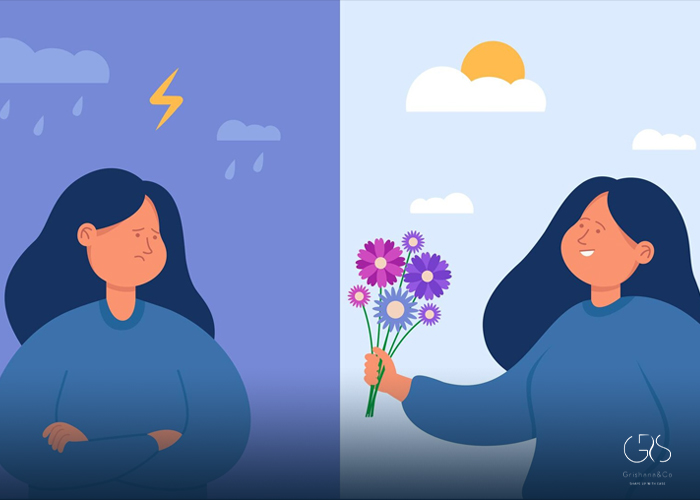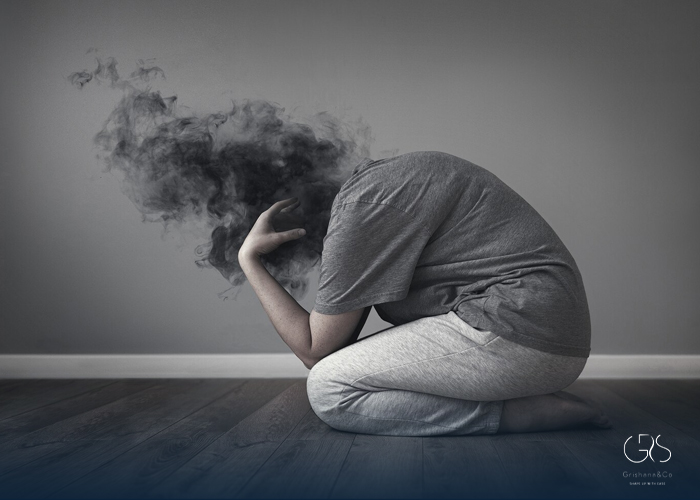Depression is a complex mental health condition that affects millions of people worldwide. It is important to note that depression can manifest in various ways, with different symptoms, causes, and treatment approaches. This article aims to provide a comprehensive overview of 11 types of depression, exploring their characteristics, prevalence, and diverse perspectives.
1. Major Depressive Disorder (MDD)
Major Depressive Disorder, commonly known as clinical depression, is the most prevalent type of depression. It is characterized by persistent feelings of sadness, loss of interest, changes in appetite, sleep disturbances, and difficulty concentrating. MDD affects approximately 264 million people globally.
2. Persistent Depressive Disorder (PDD)
Also referred to as dysthymia, Persistent Depressive Disorder is characterized by a long duration of depressive symptoms lasting for at least two years. PDD often leads to a chronic feeling of sadness, low self-esteem, and a lack of energy. It affects around 3.3 million adults in the United States alone.
3. Seasonal Affective Disorder (SAD)
Seasonal Affective Disorder is a type of depression that typically occurs during a specific time of year, usually in winter when there is less sunlight. SAD is believed to be related to the changing seasons and affects around 10 million Americans. Symptoms include a persistent low mood, fatigue, and increased appetite.

4. Postpartum Depression
Postpartum Depression affects mothers after childbirth, typically within the first year. Hormonal changes, combined with the stress and demands of motherhood, contribute to this type of depression. Postpartum Depression affects approximately 1 in 7 women .
5. Psychotic Depression
Psychotic Depression is a severe form of depression that includes symptoms of psychosis, such as hallucinations and delusions. People with this type of depression often experience a distorted sense of reality and may require immediate medical attention. It occurs in about 0.5-4.5% of the general population .
6. Bipolar Disorder
Bipolar Disorder is a mood disorder characterized by alternating periods of extreme lows (depression) and highs (manic episodes). The prevalence of Bipolar Disorder is estimated to be around 2.8% globally . It affects an individual’s mood, energy levels, and daily activities.
7. Atypical Depression
Atypical Depression is characterized by temporary improvement in mood when positive events occur. People with this type of depression may experience weight gain, increased appetite, excessive sleep, and a feeling of heaviness in the limbs. It affects approximately 44 million adults in the United States.

8. Situational Depression
Also known as reactive depression, Situational Depression is triggered by specific stressful events or situations, such as a job loss, divorce, or the death of a loved one. The prevalence of this type of depression varies depending on the circumstances experienced by individuals.
9. Premenstrual Dysphoric Disorder (PMDD)
Premenstrual Dysphoric Disorder is a severe form of premenstrual syndrome (PMS), characterized by intense mood swings, irritability, and feelings of hopelessness. Approximately 3-8% of women experience PMDD, according to research .
10. Substance-Induced Mood Disorder
Substance-Induced Mood Disorder occurs as a result of substance abuse or withdrawal from various substances, such as alcohol, drugs, or medications. The prevalence of this type of depression varies depending on the substance abused and individual factors.

11. Anxious Distress Depression
Anxious Distress Depression is a type of depression characterized by significant anxiety symptoms, including feelings of restlessness, worry, and difficulty concentrating. It often co-occurs with other types of depression and presents significant challenges for diagnosis and treatment.
It is important to note that individuals may experience a combination of these different types of depression. Getting a proper diagnosis from a qualified healthcare professional is crucial to determine the appropriate treatment plan.
Considering diverse perspectives, it’s vital to approach depression with empathy and understanding. The impact of depression can be far-reaching, affecting not only individuals but also their families, relationships, and overall quality of life. Advocacy, support networks, and destigmatization efforts are necessary to facilitate compassionate and inclusive discussions surrounding mental health issues.

Conclusion:
To summarize, this comprehensive guide offers valuable insights into the various types of depression, helping readers understand their unique manifestations and characteristics. By exploring the 11 key types of depression, individuals can gain a deeper awareness of their own mental health or that of loved ones. It is essential to acknowledge that depression does not manifest in a one-size-fits-all manner and identifying the specific type one may be experiencing can lead to appropriate treatment and support. This guide sheds light on the complexities of depression and aims to promote awareness, education, and empathy towards individuals who are struggling with mental health challenges.
Sources
- World Health Organization, Depressive disorder (depression)
- National Alliance on Mental Illness, Mental Illness
- American Psychiatric Association, Postpartum depression
- National Institute of Mental Health, Depression and psychomotor impairment
- National Library of Medicine, A Closer Evaluation of Current Methods in Psychiatric Assessments
- Centers for Disease Control and Prevention, Mental health implications for atypical depression





